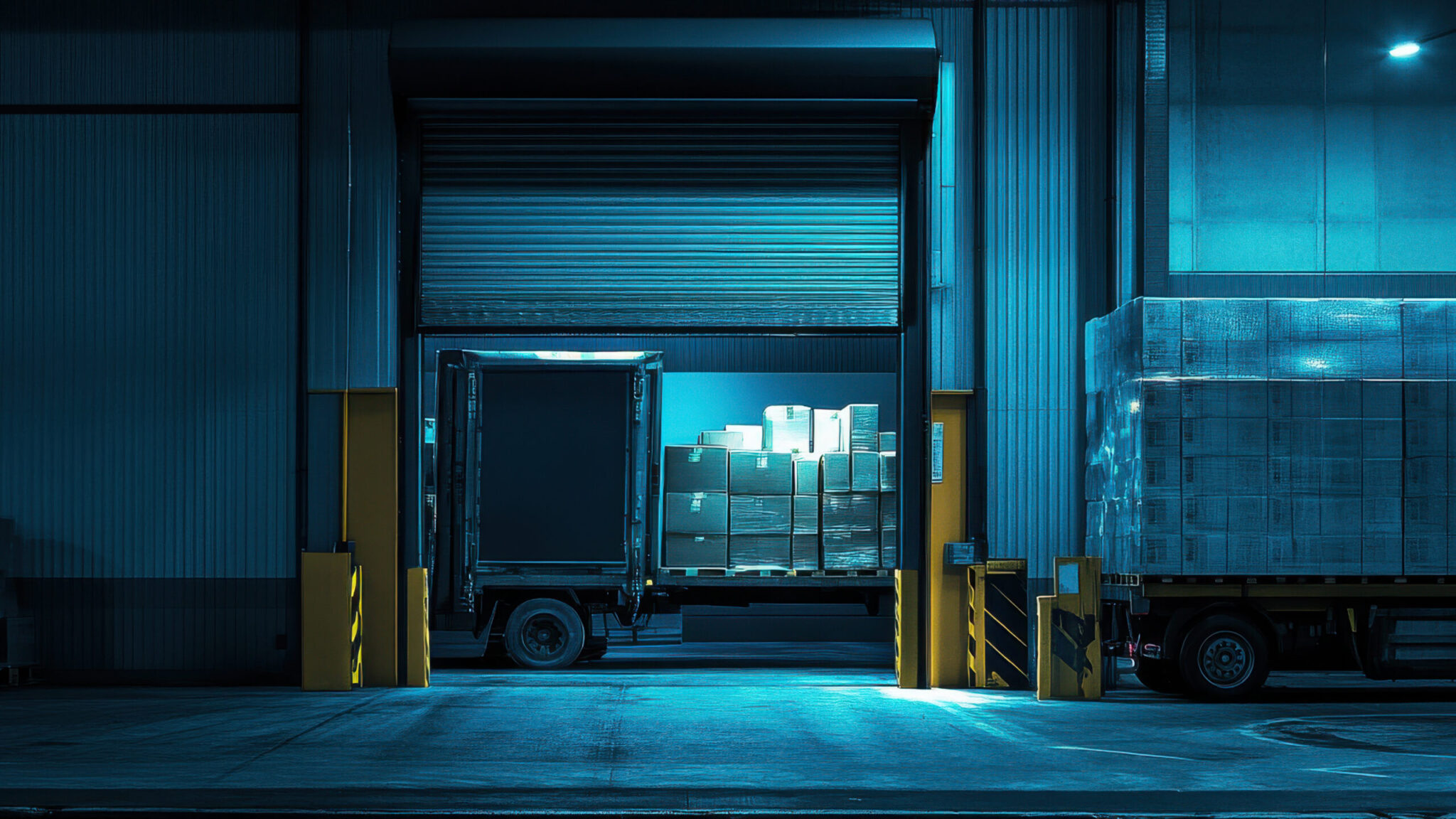Optimize warehouse receiving with a checklist: review processes, uncover digitalization potential, and boost efficiency in warehousing and logistics.

Incoming goods inspection is the sum of all procedures used to check incoming goods. Its purpose is to ensure that delivered goods are free of damage and meet the company’s quality requirements.
The purpose of incoming goods inspection is to safeguard the company economically. It ensures that operations run smoothly and helps avoid follow-up costs.
The main task of incoming goods inspection is to ensure that the quantity and quality of incoming goods or products match the purchase order.
Typically, all companies whose products must meet certain quality requirements perform incoming goods inspections.
Incoming goods inspections are usually carried out by employees from the warehouse or purchasing department, quality inspectors, and supplier representatives.
There is no law that mandates incoming goods inspection. However, standards and requirements regulate the assurance of product quality and safety. To meet these, companies usually carry out incoming goods inspections.
These include standards such as:
For a thorough incoming goods inspection, packing lists, delivery notes, and shipping handover records are typically reviewed. For deliveries from abroad, the inspection also usually includes customs documents.
An efficient way to ensure reliable warehouse receiving is to use checklists. They should include the following points:
The process of incoming goods inspection usually involves the following steps in sequence:
Preparation
The inspection is prepared. Necessary information is gathered, and tools and equipment are provided.
Goods receipt
The goods arrive at the company and are accepted.
Inspection
Accompanying documents and quantities are checked, and it is ensured that no defects are present.
Recording deviations
Identified defects or deviations, such as temperature issues, are documented through deviation management and escalated if necessary.
Documentation
All steps carried out during the incoming goods inspection are documented.
There are a number of methods for incoming goods inspection. The most important are:
In visual inspection, delivered goods are examined for external damage or defects.
Incoming goods are checked for quality and conformity using samples. This allows even large deliveries to be inspected with manageable effort and adequate reliability.
Specific characteristics or properties can be checked using measurements and tests. For this purpose, companies rely on measuring and testing equipment as well as inspection protocols.
In document inspection, the accompanying documents are checked for accuracy or discrepancies.
By using technological support in incoming goods inspection, companies can increase efficiency. Suitable technologies include barcode scanners, RFID, and software. When fully implemented, this results in a digital incoming goods inspection.
Some companies rely on external testing laboratories to support incoming goods inspection by carrying out tests and analyses on their behalf. This is often used when specialized expertise is required that is not available within the company itself.
Most companies rely on the 4-step method, which includes the following steps:
Inspecting goods – especially in large quantities – can quickly lead to time constraints.
Some goods require specialized knowledge for reliable inspection, which not all inspectors may have.
Collaboration with suppliers can become challenging if mutual understanding of quality and performance changes. To avoid problems, close contact with suppliers is recommended.
During incoming goods inspection, deviations may be detected and complaints may arise. It is especially important to document and escalate these reliably.
Incoming goods inspection plays a vital role for companies in maintaining defined quality standards. The following tips can help improve the incoming goods process:
More information on how to optimize your incoming goods
In regulated industries, incoming goods inspection processes are subject to specific requirements and standards to ensure the safety, quality, and traceability of products. Here are some of the most important aspects of incoming goods inspection in these industries:
ERP solutions offer numerous features for digital incoming goods inspection. Essentially, these include:
Yaveon 365 is an industry-specific ERP solution based on Microsoft Dynamics 365 Business Central, designed specifically for the needs of the process industry. The software helps companies comply with regulatory requirements and optimize business processes – especially in batch management, lot tracking, and quality control.
For incoming goods inspection, Yaveon 365 offers a wide range of useful features:
Yaveon 365 offers numerous useful functions for incoming goods inspection:
Batch management and traceability: Tracks every batch from goods receipt to delivery – essential for audits and regulatory requirements.
Quality control: Integrated inspections can be triggered automatically upon goods receipt, with results documented.
Compliance and audit readiness: Documents the entire inspection process and simplifies audit preparation through comprehensive traceability and validation.
Release workflows: Materials remain blocked until quality checks are completed, preventing untested goods from entering the production process.
Risk-based inspection plans: Automates inspections based on risk assessments, saving resources while meeting regulatory requirements.
Supplier management: Supports the qualification and monitoring of suppliers by systematically recording inspection reports and quality data.
Automated processes: Reduces manual effort through automation of inspection processes and real-time data.
Reporting: Provides integrated dashboards and reports to monitor incoming goods inspection and quality assurance.
 Successfully optimizing warehouse receiving – Beitrag öffnen
Successfully optimizing warehouse receiving – Beitrag öffnen
Optimize warehouse receiving with a checklist: review processes, uncover digitalization potential, and boost efficiency in warehousing and logistics.
 Pre shipment inspection simply explained – Beitrag öffnen
Pre shipment inspection simply explained – Beitrag öffnen
Pre-shipment inspection ensures that customers receive the right product – in the correct quantity and quality.
The 10 most important benefits of ERP systems – helping every company and every department take the next step. Learn more now!